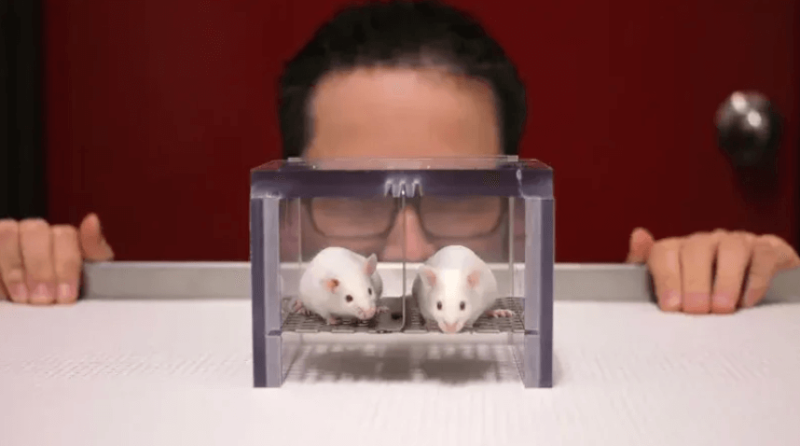After five years of research, University of Adelaide scientists have now developed t-CRISPR, a technology that builds on a gene drive found in nature to render mice infertile.
The natural gene drive is known as the “t haplotype,” and carrier mice pass it down to about 95% of their offspring. T-CRISPR piggybacks on the gene drive to spread faulty copies of a female fertility gene to offspring, rendering them infertile.
The researchers used t-CRISPR to create proof-of-concept mice in their lab, and, based on computer modeling, they believe adding just 256 of the altered animals to an island with a population of 200,000 mice would wipe out the pests in about 25 years.
“This is the first time that a new genetic tool has been identified to suppress invasive mouse populations by inducing female infertility,” said lead researcher Paul Thomas.
But once we release them, preventing a gene drive from spreading is very difficult (although there are some clever ideas about how to turn gene drives off, or program them to delete themselves after a limited run).
Targeting islands would help contain any possible unintended consequences to one location, but more research is needed before t-CRISPR can move out of the lab and into the wild.































